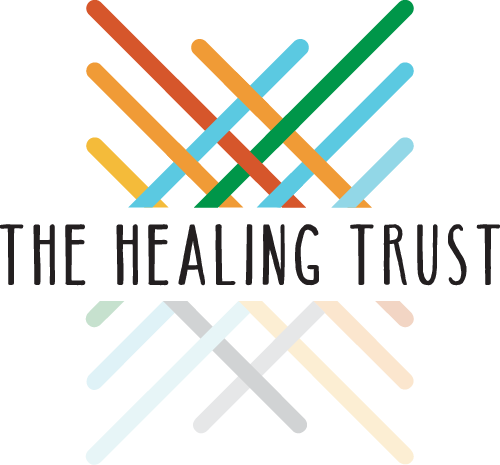Every year, we produce a board report on grantee outcomes. Generally, 10-15% of grantees do not meet their intended outcomes and reasons can vary. This year, however, we saw a consistent theme for outcomes not being met – staff turnover. As a result, grantees did not meet their outcomes, and more importantly, clients did not receive services during the turnover. To prevent your organization from facing the same issue, here are four things you can do to survive and thrive during staff transitions.
1. Create Emergency Back-Up Plans for All Staff. Each staff member at The Trust has an Emergency Back Up plan. This is a list of all the major business activities for that staff member, when and how often they occur, who will fulfill that role in a short-term absence, and who will fulfill that role in a long-term absence. We update these annually, and we review them together as a team so we all know what will happen in the event of a colleague’s absence. This also allows us to identify training opportunities that colleagues may need to execute these tasks. They are all stored on our shared drive where we can access and review them at any time.
These plans also explain whether a current staff member or a contract employee will take on the absent colleague’s work. Our staff is small, and we may not have the capacity to take on the additional work of a colleague, depending on the length of the absence. In some cases, we already had a contract employee on standby, which was a necessity as we planned for Catherine’s maternity leave and Jennifer’s sabbatical. We use an outsourced CPA and, while we don’t expect her to have an extended absence, we have already interviewed and selected another CPA who could step in if she was unavailable. This type of planning may be helpful to organizations with critical contract positions or staff that is unable to take on additional work during an extended staff absence.
2. Save Passwords. Once a quarter, every staff member prints a spreadsheet that includes all of her log-in information for business-related accounts. We seal them in an envelope, sign the seal and lock the passwords in a safe. The passwords remain in the safe and are only referenced when an absence necessitates it. For instance, our servers went down a few years ago while the staff member responsible for the servers was out of town. Instead of bothering him on vacation, we were able to access his passwords to log into the server and reboot it ourselves.
3. Document Business Practices. Our major business practices are documented with step-by-step instructions to ensure consistency and to allow staff members to step in when needed. (Hint: creating and updating these instructions is a great project for an intern!) We have detailed instructions for our grant process, financial processes, and board processes. Most are printed and stored physically in the event of technical issues, as well as stored on a shared drive electronically so that we can all access them when needed.
4. Create Succession Plans. Succession plans aren’t just for leadership. Every staff member has a documented succession plan. While a succession plan includes the emergency back-up plan, it is more comprehensive. The succession plan also includes the job description, an annual calendar of key events for that staff person, and a list and contact information for key people who should be notified about the staff departure. It also explains who will have authority until the role is filled and how the organization will fill the role. Like the emergency back up plans, we review and update them annually, store them on a shared drive for easy access, and discuss them as a team. Examples and templates are provided in the links below.
Putting these systems in place will help ensure continuity of services to clients and provide professional development opportunities as team members learn new skills and take on responsibilities during staff absences. These systems also support a self-care culture by allowing absent employees the opportunity to completely step away without being concerned about the work that they are leaving behind or being contacted about work-related issues. Following these steps will help your organization continue to meet its mission despite staff transition.
These two resources include templates you can modify for succession and emergency back-up plans:
Nonprofit Executive Succession Planning Toolkit from Federal Reserve Bank of Kansas City
Leading Transitions: Executive Transition Toolkits and Overview
Meredith Benton is the Senior Program Officer at The Healing Trust.

